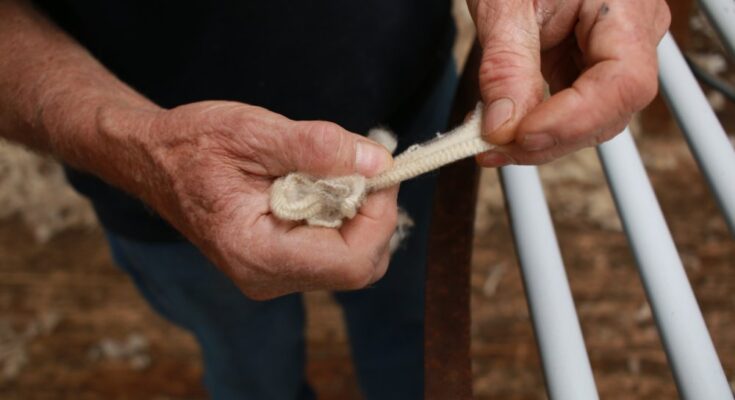Picture yourself cozying up in a warm woolen sweater on a chilly winter day, unphased by the frosty winds and enjoying a warm drink. Have you ever wondered about what makes wool garments so warm? Wool is so much more than a fabric—it’s a marvel of nature! In this blog post, we’ll explore wool’s unique properties, the science behind its incredible warmth, and why it’s a timeless material for both fashion and functionality.
The Structure of Wool Fibers
Let’s take a closer look at the structure of wool fibers. Wool fibers have an outer layer called the cuticle, which consists of overlapping scales. These scales give wool its characteristic crimped appearance.
As we zoom in even further, we can see that wool fibers are made up of protein chains called keratin, which provide strength and resilience. This unique structure not only contributes to wool’s durability but also allows it to stretch and bounce back to its original shape. Garments made of this material resist wrinkles and creases.
Why Wool Keeps You Warm
Wool’s ability to keep you warm is rooted in its natural properties. The crimped structure of wool fibers creates countless tiny air pockets within the fabric. These air pockets act as insulators, trapping heat close to your body and preventing it from escaping.
Wool comes from animals, and it protects them against the cold. As clothing, wool helps you maintain your body temperature in the same way. Additionally, the keratin generates warmth through friction when the fibers rub against each other. This self-generated heat adds coziness, so choose a classic wool blanket for the winter.
Wool’s Moisture-Wicking Magic
Have you ever spilled something on your favorite wool sweater and watched the liquid bead up? The structure of wool fibers allows them to absorb moisture vapor from the surrounding environment, drawing it away from your skin.
This process is known as “wicking.” As moisture is absorbed, the air pockets within the wool fibers distribute it and facilitate evaporation, allowing the fabric to dry quickly. Plus, wool fibers have a natural oil on the surface known as lanolin, and we all know that oil and water don’t mix!
Now that you know the fascinating science behind wool fibers, it’s easy to see why this fabric is a beloved choice for clothing and home goods. Next time you bundle up in your favorite wool sweater or snuggle under a warm woolen blanket, take a moment to appreciate how it keeps you warm.



